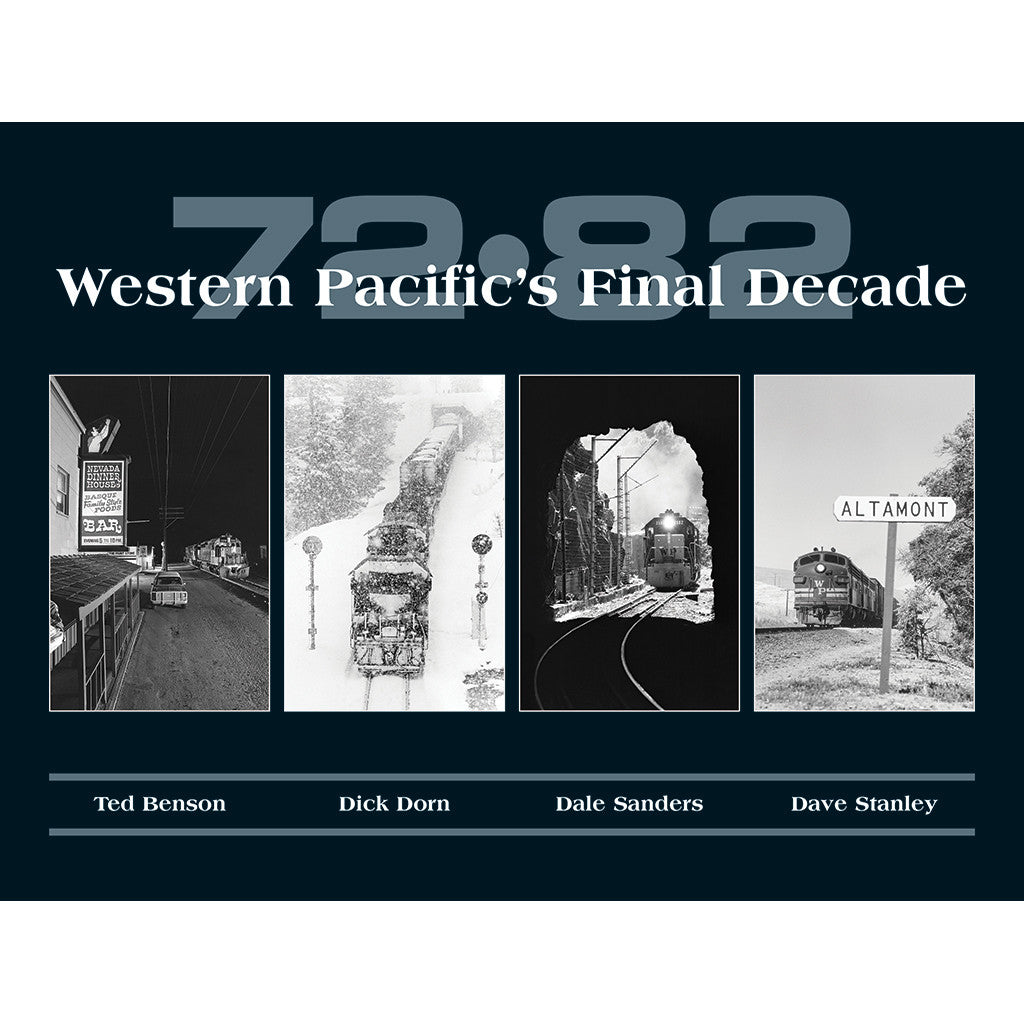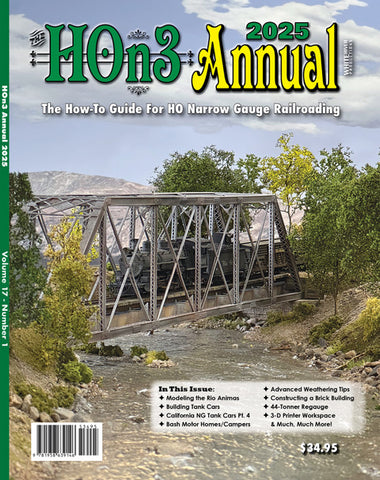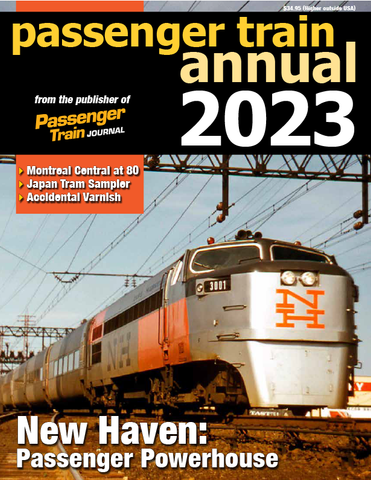72-82 - Western Pacific's Final Decade
$79.95
Western Pacific was a railroad in transition on January 1, 1972. The resolute David in a marketplace dominated by Southern Pacific's Goliath, long perceived as the scrappy good guy who always tried harder, WP almost succumbed to its positive image. Brought down by the financial burden of the California Zephyr and changing traffic patterns in the post-Vietnam 1970s, the freight-only WP faced a life-or-death battle in an evolving economy. Along the way, the Feather River Route reclaimed the national spotlight by hiring one of the country's most-talked about railroad executives, Alfred E. Perlman. Surviving to merge with Union Pacific in 1982, WP's final hours were, in many ways, its finest.
72-82, Western Pacific's Final Decade, is an uncommon look at the last independent years of an uncommon carrier. Conceived as a four-way collaboration between photographers Ted Benson, Dick Dorn, Dale Sanders and Dave Stanley, the book documents a significant chapter in the history of this beloved regional railroad with a portfolio of four diverse, yet complimentary viewpoints, all combining in a unique vision of the WP system.
Produced by graphic master craftsman Dale Sanders and edited by award-winning photojournalist Ted Benson, 72-82 provides a fresh approach to a time-honored subject. Viewers travel the full sweep of the railroad: from the desolate majesty of Utah and Nevada to the scenic heart of the Feather River Canyon; along the rugged outback of the Inside Gateway; through city streets and rich farmland surrounding one-time interurban subsidiaries Sacramento Northern and Tidewater Southern; racing past the state capital to bustling Stockton yard; and surmounting subtly stunning Altamont Pass to finally rest on the shore of San Francisco Bay.
WP's family of Willing People are the stars of the show. Whether battling Sierra blizzards, working long nights on the Nevada desert, copying train orders, or looking at the world through the windshield of an F7, readers get to see the line through the railroaders' eyes, in colorful black and white imagery.
There was never a railroad like the Western Pacific; there's never been a book like 72-82. Turn the page and find out why.
12 x 9 Hardcover with Dust Jacket, 240 Pages
By Ted Benson, Dick Dorn, Dale Sanders and Dave Stanley




